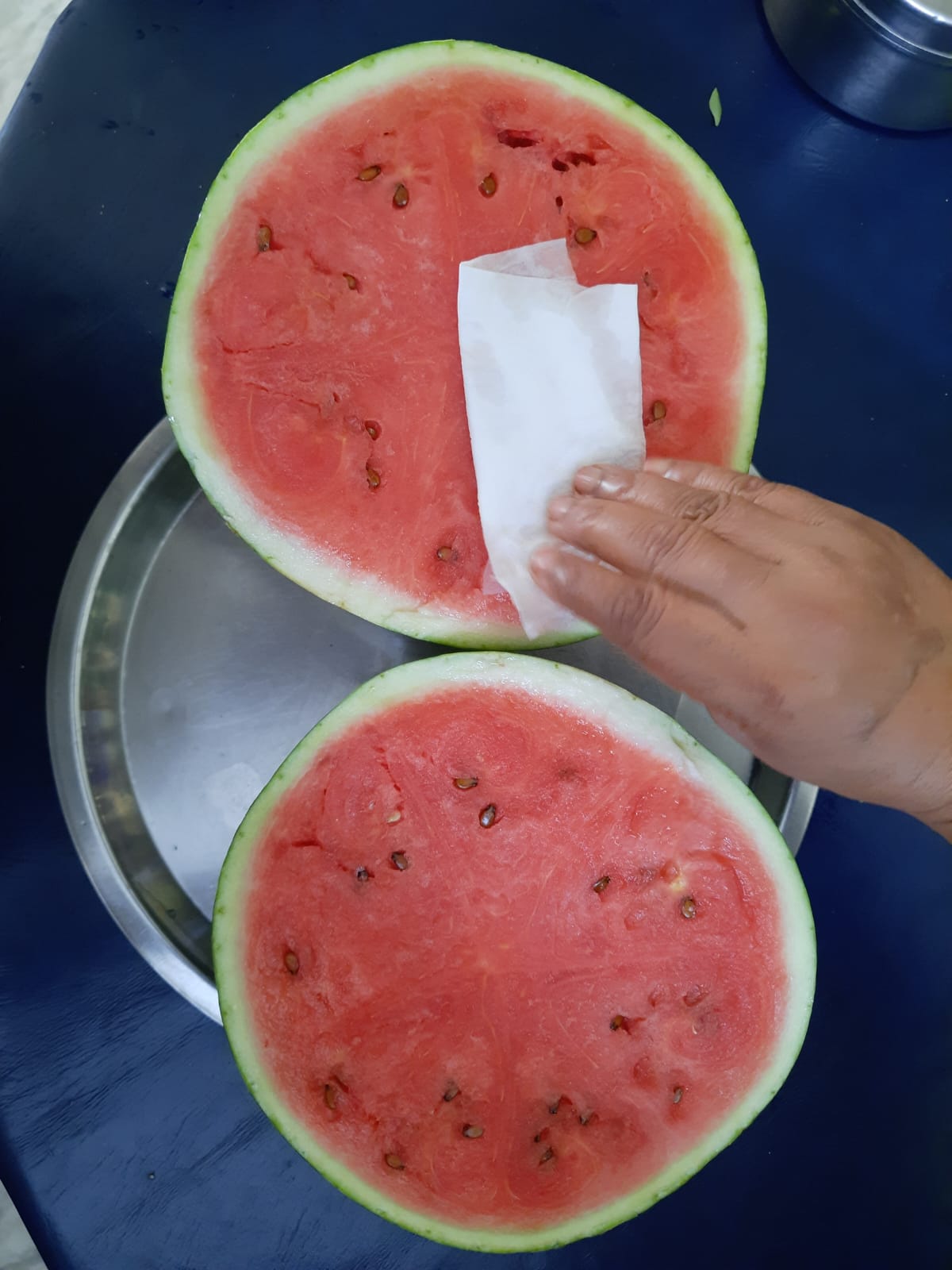
Sabour/ Patna: As temperatures soar across India, markets are flooded with one of summer’s most beloved and affordable fruits—watermelon. Packed with over 90% water and rich in essential nutrients like potassium, iron, calcium, niacin, and lycopene, watermelon is not just a thirst-quencher, but also a seasonal superfood known to aid hydration, improve skin health, and support heart function.
Even its seeds—often discarded—are a powerhouse of nutrition. A handful of dried watermelon seeds provides protein, healthy fats, magnesium, iron, zinc, and phosphorus, contributing to better blood circulation, bone strength, and skin care.
But beneath the red, juicy appeal of this fruit lies a growing concern: artificial colouring. To make watermelons appear more vibrant and visually appealing, some traders have been found to add erythrosine—a synthetic dye commonly used in food products. Prolonged consumption of artificially coloured watermelons can lead to liver damage, allergic reactions, and other health complications.
“Adulterated watermelons may look attractive, but they pose serious health risks,” said an official in Bihar Agriculture University, Sabour. “People must stay alert while making purchases.”
How to spot adulterated watermelon
To protect yourself from colour-tainted watermelons, experts suggest a simple home test. Cut the fruit in half and rub its red flesh with a cotton ball or plain white tissue. If no colour transfers, it is safe. If the cotton or tissue picks up red dye, it’s likely the fruit has been adulterated.
Tips for choosing a safe and ripe watermelon
- Check the skin: Choose medium-sized watermelons with smooth, uncracked skin.
- Feel the weight: A ripe watermelon feels heavy for its size, a sign of juiciness.
- Look for the field spot: A yellow patch at the base indicates ripeness; avoid white or green patches.
- Tap the fruit: A dull, deep sound suggests ripeness, while a high-pitched metallic sound may indicate it’s unripe.
- Be wary of overly red or glossy fruits, as they may have been chemically treated.
As demand for watermelon rises in the heat, staying informed and vigilant is key to enjoying its benefits without risking your health.





